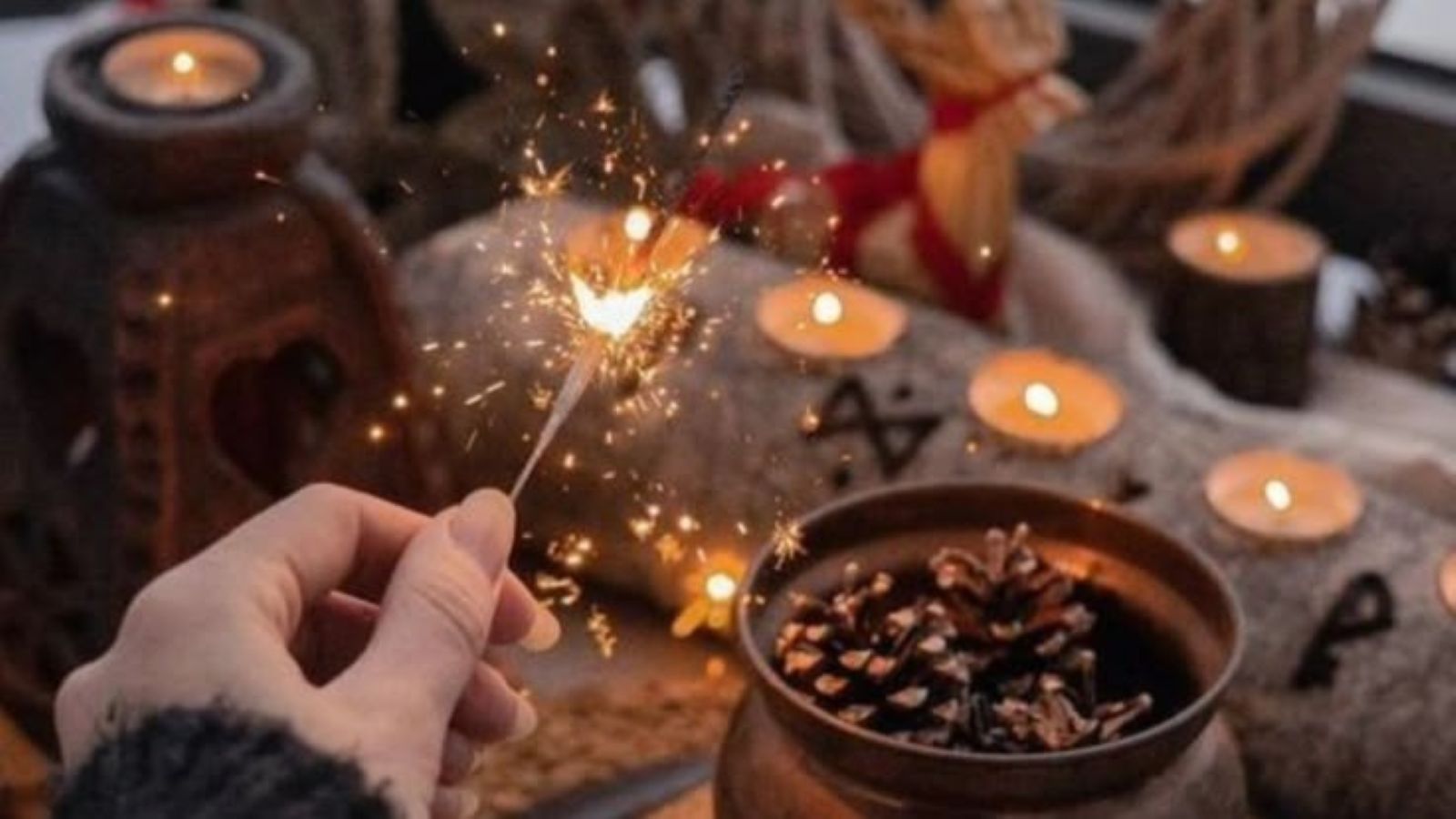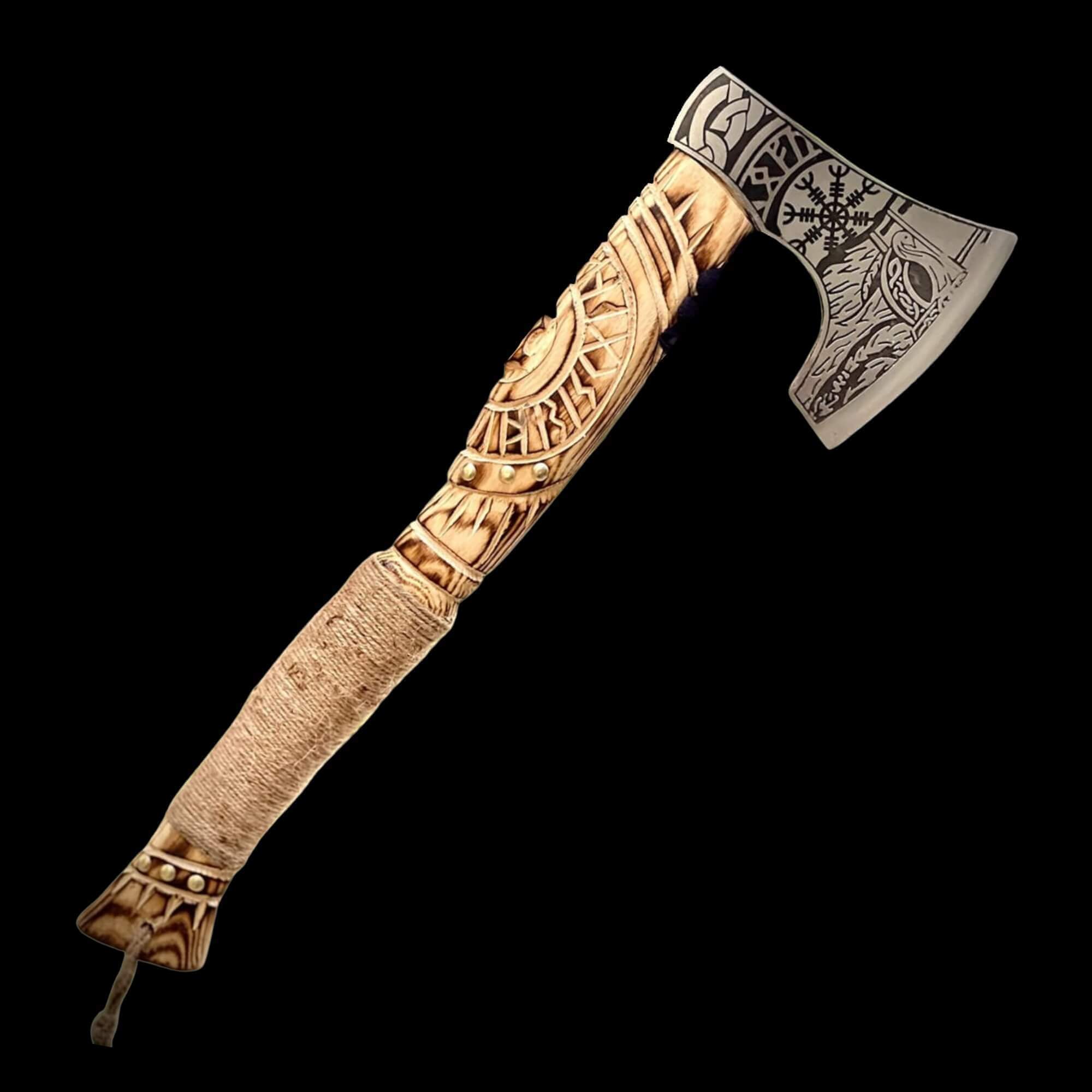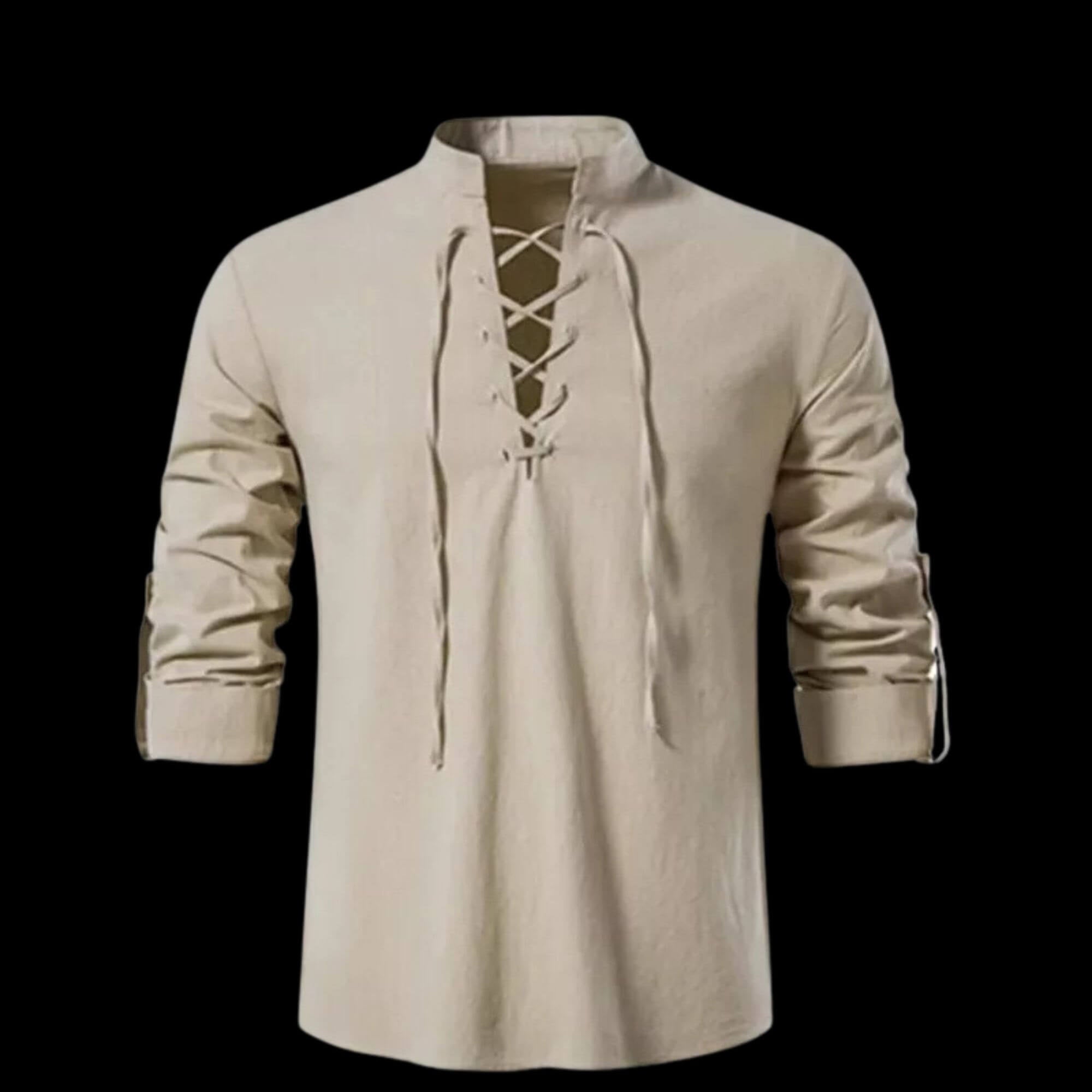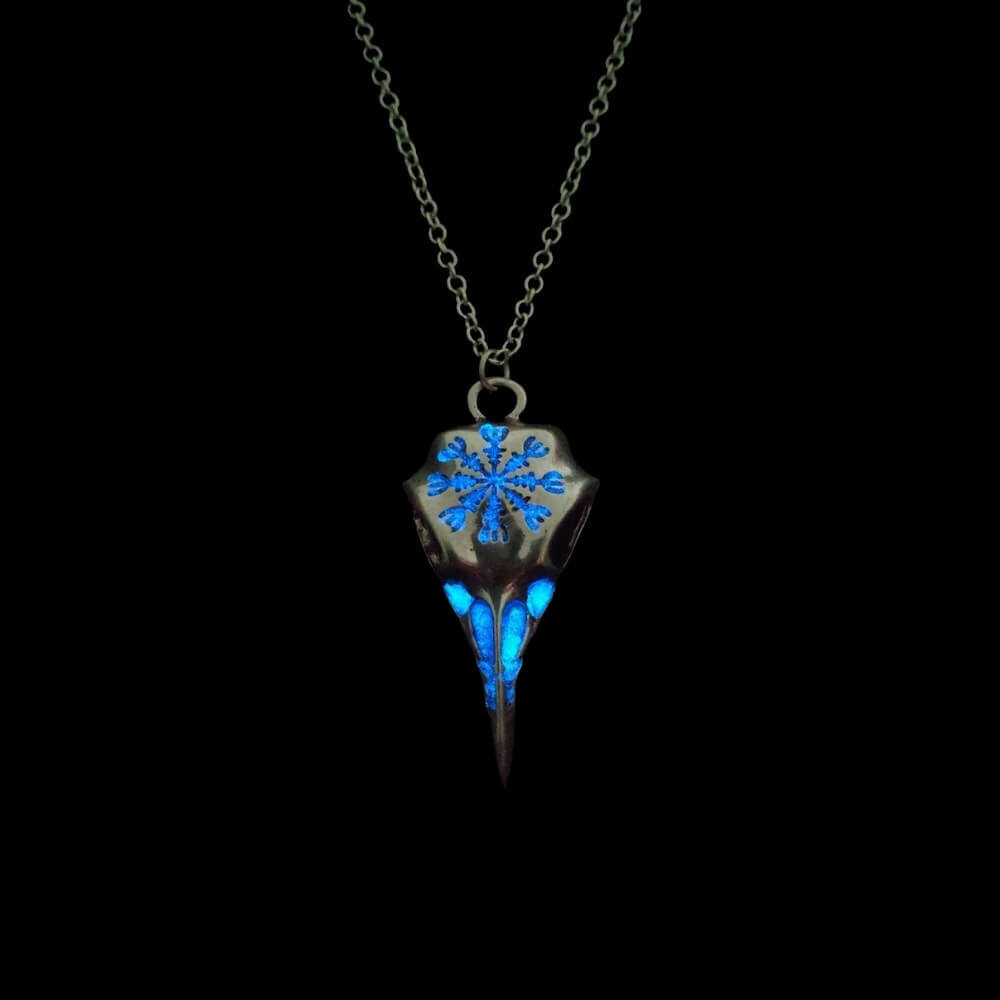
Discover Yule: Embracing the Magic of a Norse Winter Celebration
Among the many festivals that illuminate the Norse calendar, Yule stands out as a beacon of hope and renewal. Known in Old Norse as Jól or Jul , this winter celebration has its roots in Viking Age traditions and continues to inspire modern festivities, including Christmas. At its core, Yule is a tribute to the cyclical nature of life—the triumph of light over darkness and the promise of spring’s return.
Origins of Yule: Ties to Odin and the Winter Solstice
To truly appreciate Yule, we must journey back to the Viking Age, where it was deeply intertwined with Norse culture and the rhythms of nature. The festival aligns with the Winter Solstice , the shortest day and longest night of the year—a moment when the sun appears to pause before beginning its ascent once more.
This celestial event held profound significance for the Norse people, who viewed it as the rebirth of the sun. Central to Yule’s lore is Odin , the Allfather, whose Wild Hunt was said to sweep across the skies during the solstice. Odin’s role as a wanderer and seeker of wisdom connected him to themes of transformation and renewal, mirroring the season’s shift from darkness to light.
The Wild Hunt itself became a symbol of both danger and opportunity—a reminder that even in the bleakest times, there is potential for change. By honoring the solstice through rituals and celebrations, the Norse embraced the cyclical balance of life, finding comfort in the inevitability of brighter days ahead.
Celebrating the Return of Light: Fires, Candles, and Symbolism
At the heart of Yule lies the celebration of light’s return. For the Norse, the Winter Solstice marked the moment when the sun was “reborn,” heralding the gradual lengthening of daylight hours. To honor this cosmic event, households would kindle fires and candles, filling their homes with warmth and illumination.
These acts were not merely practical—they carried deep symbolic meaning. Fire represented life, protection, and the divine spark of creation. Lighting flames during Yule served as both a literal and metaphorical gesture of welcoming the sun back into the world. This tradition persists today in the form of Yule logs, candlelit gatherings, and festive decorations that brighten the winter months.
The Yule Log: A Hearthstone Tradition
One of the most iconic elements of Yule is the Yule log , a practice steeped in history and ritual. Traditionally, a large log—often sourced from an oak tree, sacred to Thor—was selected and brought into the home on the eve of the solstice. The log was adorned with greenery, ribbons, and sometimes carvings or symbols before being placed in the hearth.
Once lit, the Yule log burned throughout the night, casting light and warmth over the household. Its enduring flame symbolized the continuity of life and the sun’s resurgence. The ashes from the burned log were believed to hold protective powers, often sprinkled around the home to safeguard against malevolent spirits and misfortune.
In some regions, part of the charred log was saved to ignite the following year’s Yule fire, creating a tangible link between past and present. This act reinforced the idea of cyclical renewal, a cornerstone of Norse spirituality.
Feasting and Merriment: Sharing Abundance in the Midst of Winter
Yule was also a time of abundance and communal joy, offering respite from the harsh realities of winter. Families and communities came together to share lavish feasts, filled with roasted meats, hearty root vegetables, bread, and seasonal delicacies. Mead and ale flowed freely, fueling laughter, storytelling, and song.
The Yule feast wasn’t just about indulgence—it was an expression of gratitude for survival and prosperity amid scarcity. Food played a central role in fostering connection, with each dish carrying symbolic weight. For example:
- Roasted boar honored Freyr, god of fertility and harvest.
- Apples symbolized immortality and the promise of renewal.
- Nuts and honey represented sweetness and abundance.
Even today, echoes of these traditions can be found in modern holiday meals, from glazed hams to spiced mulled wine.
The Twelve Nights of Yule: A Journey Through Celebration
Unlike contemporary one-day holidays, Yule in Norse tradition spanned twelve nights , beginning on the Winter Solstice and extending into the New Year. Each night held unique significance, marked by specific rituals and activities designed to honor the gods, ancestors, and natural forces.
For example:
- Night 1 (Mother Night): Dedicated to Frigg, goddess of motherhood and domesticity, celebrating the feminine divine.
- Night 5: Honored Thor, protector of humanity, with prayers for strength and resilience.
- Final Night: Celebrated the culmination of the festival, often involving divination practices to glimpse the coming year’s fortunes.
Modern interpretations of the Twelve Nights of Yule often include lighting candles, performing acts of kindness, and reflecting on personal growth. These practices keep the spirit of Yule alive, bridging ancient customs with contemporary mindfulness.
Yule Today: Finding Warmth in a Modern World
Though centuries have passed since the Viking Age, the essence of Yule endures. Whether you choose to light a Yule log, host a festive feast, or simply take a quiet moment to reflect on the beauty of the season, Yule invites us to reconnect with nature, community, and ourselves.
For those descended from Norse heritage—or simply drawn to its timeless wisdom—Yule offers a chance to celebrate resilience, hope, and the eternal cycle of life. As the Winter Solstice approaches, consider embracing Yule in your own way: gather loved ones, honor the returning light, and find warmth in the heart of winter.
After all, Yule reminds us that even in the darkest moments, there is always the promise of dawn.




